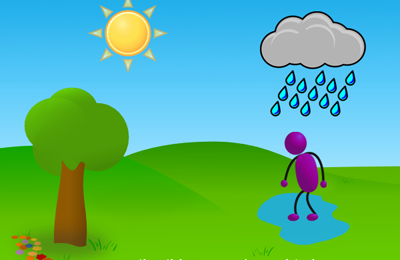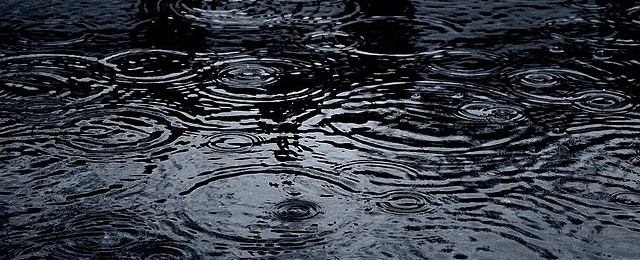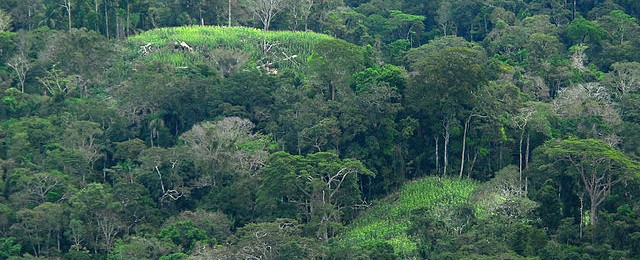-

When a forecaster tells you there is a 30 percent chance of rain, what does it mean? This is the subject of a new survey that is going to be discussed at the 43rd American Meteorological Society Broadcast Conference this summer in Raleigh. The researchers want to know the difference between perceptions of PoP forecasts…
-

This week is National Environmental Education Week, and there are a number of activities which you can participate in. One of the ones that sounds the most interesting is the Photo Mission to provide photos of resources that can be found on public lands around the country. You can read about the mission, the theme…
-

In the last week I’ve received 5.94 inches of rain in my gauge near Athens. Many areas of the Southeast received more than ample rain in the last few days. Fortunately, it looks like we may have a dry spell mid-week to cheer us up and help the farmers catch up on their field work.…
-

How do we know temperatures are changing? What data set do you use? What time period do you analyze? How do you make sense of trends with so much year to year variability? If you’ve asked yourself these questions, you will be interested in this story about one analysis of Rhode Island’s Narragansett Bay temperatures…
-

In the past, the most extensive scientific research on tornadoes has been done in Oklahoma and the central Plains, with NOAA and a host of other groups hosting large projects which intercept tornadoes and take data near and around the storms to see how they develop and evolve over time. Projects called VORTEX and VORTEX2…
-

Farmers are getting anxious to get into the fields after a week with rain across the area. In southwest Alabama the rain has exceeded ten inches in some places. Here in Athens I received over 4.5 inches in the last week. Unfortunately, it looks like rain will continue through the weekend and into the early…
Posted in: Climate outlooks -

A couple of news stories this week highlighted the impacts of recent warming trends on the Arctic and Amazon regions. Each of these stories points out that the impacts of the warming extend far beyond their local areas. Wired magazine has an article about how scientists are studying the Amazon rain forest to see how…
Posted in: Climate and Ag in the news